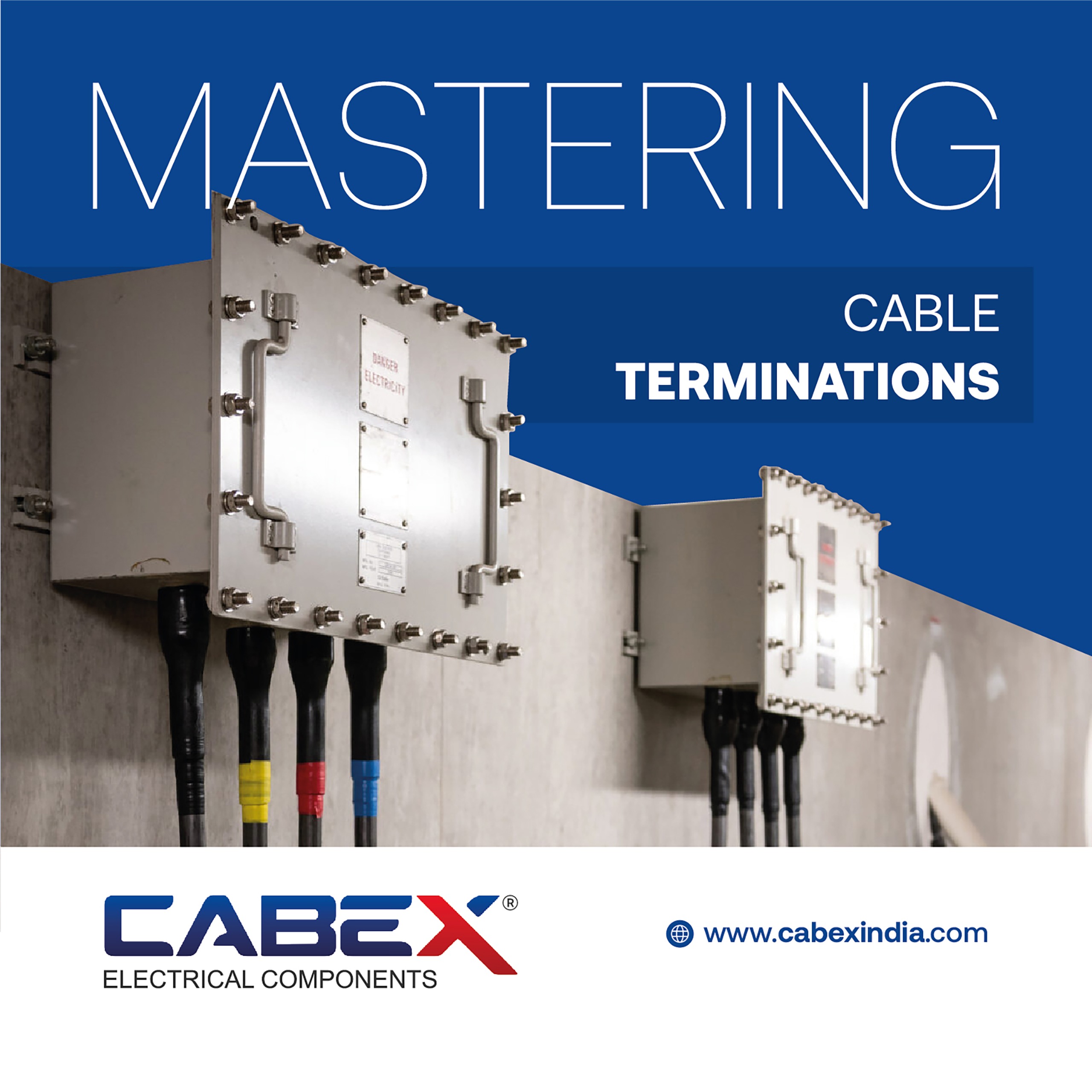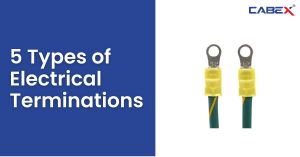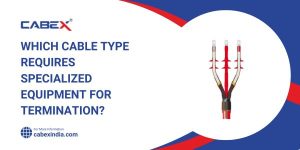Understand the Cable Terminations.
Any person dealing with works on electrical equipment has to have knowledge of cable terminations. Whether you are doing it yourself or hiring a professional to learn how to terminate cables appropriately, it ensures that electrical systems are safe, reliable, and work efficiently. Organizations or any person dealing with electrical installations have to know about cable terminations. Proper cable termination assures safety, reliability, and high performance in electrical systems. Whether you are a time-served experienced electrician or a DIY person, proper cable termination techniques are of utmost importance if you are working on electrical systems.
What is cable termination?
Cable termination simply refers to the act of connecting cables to electrical equipment or other cables. It is done not only for a secure but also reliable electrical connection, removing any chance of loose connections, short circuits, and other perils associated with electricity.

Importance of Proper Cable Terminations
There are several reasons these proper cable terminations are important, especially that they
1. Safety: Assures safe operations of electrical systems and minimizes the risk of electrical accidents.
2. Reliability: This does not allow for vampire connections and voltage drops, which causes undependable performance.
3. Compliance: Ensures that electrical cables meet the necessary electrical codes and standards.
4. Longevity: Proper terminations give cables and their associated electrical components a longer lifespan.
5. Performance: Assures better efficiency and performance of electrical systems.
Types of Cable Terminations
Crimped Terminations
Crimped terminations use a crimping tool to deform a metal sleeve or ferrule onto the end of a cable, some insulation having been removed. This produces an excellent vibration-resistant and tension-resistant connection.
Soldered Terminations
Soldering is a process whereby solder is melted onto the stripped end of a cable, flowed into the terminal or connector, and fused. Soldered terminations provide good conductivity and mechanical strength.
Mechanical Terminations
Mechanical terminations grip cables to terminals or connectors through screws, bolts, or clamps. These terminations find a lot of industrial applications and offer ease of installation and maintenance.
Insulation Displacement Terminations (IDTs)
This type of termination involves piercing the insulation of a cable to get in contact with the conductor inside. This type of termination is used for telecommunication and data cables.
Steps for Proper Cable Terminations
1. Preparation
Use the correct size of cable, stripped to the right length. Choose a termination method for use with your application and environment.
2. Stripping
Use a cable stripper for removing outer sheath and insulation and exposing the conductor. While doing so, be extra cautious not to damage conductor strands in the process.
3. Cleaning
Clean the exposed conductor with a wire brush or an alcohol wipe to remove dirt, grease, and oxidation. These may hamper optimal conduction.
4. Termination
Use the manufacturer’s recommended instructions for termination. By crimping, soldering, or by use of mechanical connectors, proper alignment and contact of the cable to the terminal should be insured.
5. Inspection
Check for defects and irregularities of termination. Look for correct alignment, tightness, and integrity of the connection.
6. Testing
Perform electrical tests, such as continuity and insulation resistance tests, to check the integrity of the termination against Typical Faults that can be Faced and the whole electrical system.
Common Mistakes to Avoid
Over-crimping
The conductor or terminal may be damaged from excessive crimping. This would also lead to poor electrical contact with potential failure.
Insufficient Stripping
A long insulation length on the conductor leads to poor contact and hence an increase in resistance.
Improper Alignment
When the cable and terminal are misaligned, an increase in potential electrical arcing and loose connections results.
Wrong Tools or Equipment
The wrong tools or equipment for termination can give way to damaged cables and terminals and leave a scene where safety cannot be guaranteed.
Conclusion
Mastering the Cable Terminations ensures safety, reliability, and performance for electrical systems. With an understanding of the various termination methods adopted, proper techniques pursued, and common mistakes avoided, you would be able to achieve optimal results in electrical installations.
Frequently Asked Questions
1. Which tools are required for cable termination?
These include cable strippers, crimping tools, soldering irons, wire brushes, and alcohol wipes.
2. Can I reuse cable terminations?
To a great extent, no, it is not possible to reuse cable terminations since they may get damaged or wear out during the primary installation itself.
3. How do I determine the correct size of cable for termination?
The correct size of the cable for termination is based on considerations such as current rating, voltage, and environmental working conditions. Check with manufacturer specifications and electrical codes.
4. What are some differences between a crimped versus soldered termination?
The crimping technique involves the compression of a metal sleeve onto the cable; soldering involves melting solder onto the stripped ends of cable to fuse them with the terminal.
5. What safety precautions must one observe during cable terminations?
Always switch off the power before cable terminations; otherwise, electrical shock may occur. Also, wear your protective attire like gloves and safety glasses, and deal with the equipment properly with its correct operating procedure.
You May Also Like: Top 10 Questions to Ask Suppliers Before Buying Cable Accessories , Buy Explosion Proof Cable Glands Online






